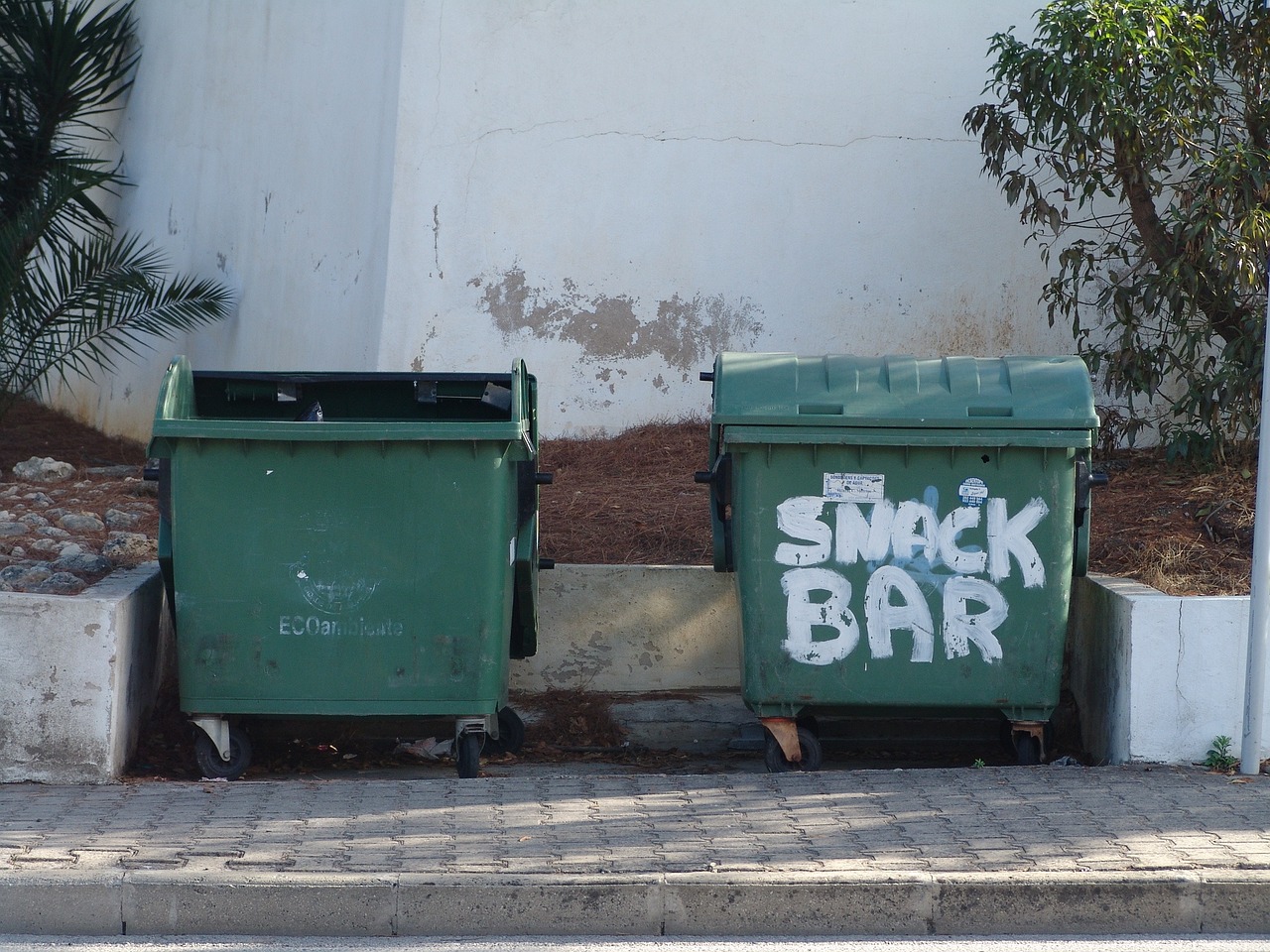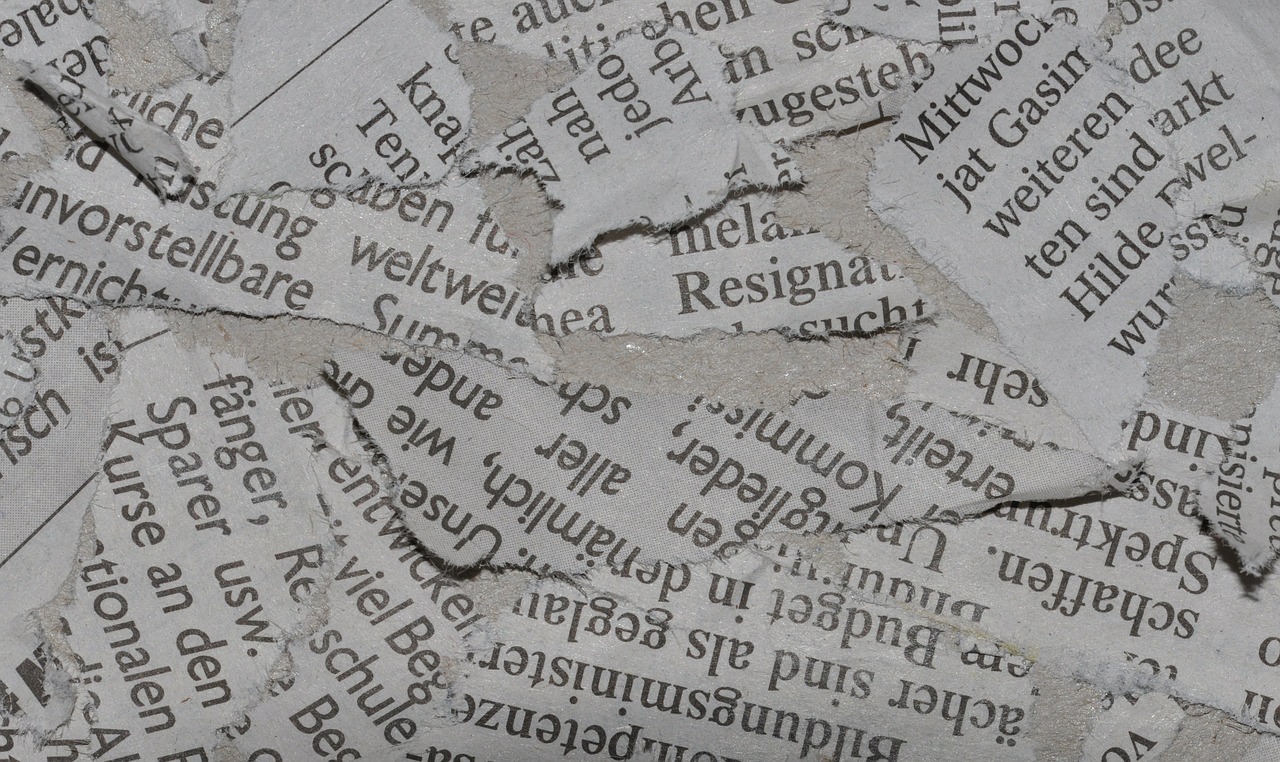Recycling office waste can help to improve the environmental profile of your business, with positive implications for your brand reputation if you publicise your efforts – but how do you get started?
First of all, it’s important to know exactly what types of waste you generate, and what measures you can take to recycle as much as possible, beyond just the most obvious possibilities.
1. What do you waste in the office?
Offices typically produce a relatively large amount of paper waste, compared with other materials, but the type of paper can be important too.
If the bulk of your waste is good-quality white paper, for instance, it might be more recyclable than if you generate a lot of packaging waste from low-grade cardboard.
Look for other recyclable materials in your waste too, from printer cartridges and electrical items, to something as simple as composting your used teabags instead of sending them to landfill.
2. Cut it out
It’s generally better to reduce the amount of waste you produce, rather than recycling just for the sake of it – so look for ways to become more resource-efficient.
That can be as simple as using duplex printing to use both sides of the paper before throwing it away, and encouraging employees to use electronic versions of documents rather than printing them out.
Reducing waste typically reduces costs directly, and is better for the environment than generating waste and then recycling it.
3. Bin it right

Speak to a waste management company about the processes you’ll need to introduce in order to allow your recyclable waste to be collected – one of the biggest obstacles to recycling is simply discarding your waste in a way that makes it much more difficult to be processed and reused.
If your paperwork includes sensitive documents, be clear about whether you should shred these before throwing them away.
Some waste management contractors might not collect shredded paper; instead, they may provide you with secure containers for the paper to be placed into whole, before being taken away and shredded at a secure location later.
This has other advantages, as you don’t need to buy and maintain shredding equipment, and a good third-party provider should be able to offer you considerable peace of mind on data protection measures.
4. Hazard awareness
From batteries and light bulbs to large, bulky electrical equipment, there’s a surprisingly large amount of potentially hazardous waste in the typical office environment.
Be aware of any chemicals contained within the products you use day by day, and make sure you dispose of these correctly – a specialist recycling company may be able to safely remove the contaminants, before recycling the glass or metal content so it can be used again in new products.
5. Know the limits
The fibres in paper degrade each time they are recycled, and after only a few uses, this means their quality will be too poor for them to be processed into a new sheet of crisp white printer paper.
However, that does not mean you should not still recycle paper with a high recycled content of its own.
Although the fifth or sixth time a particular paper fibre is recycled is likely to be its last, there are plenty of lower-grade uses for the pulp in packaging and cardboard.
This still reduces the amount of virgin fibre required – making it easier to produce this in managed forests, for no overall negative effect on the environment.

